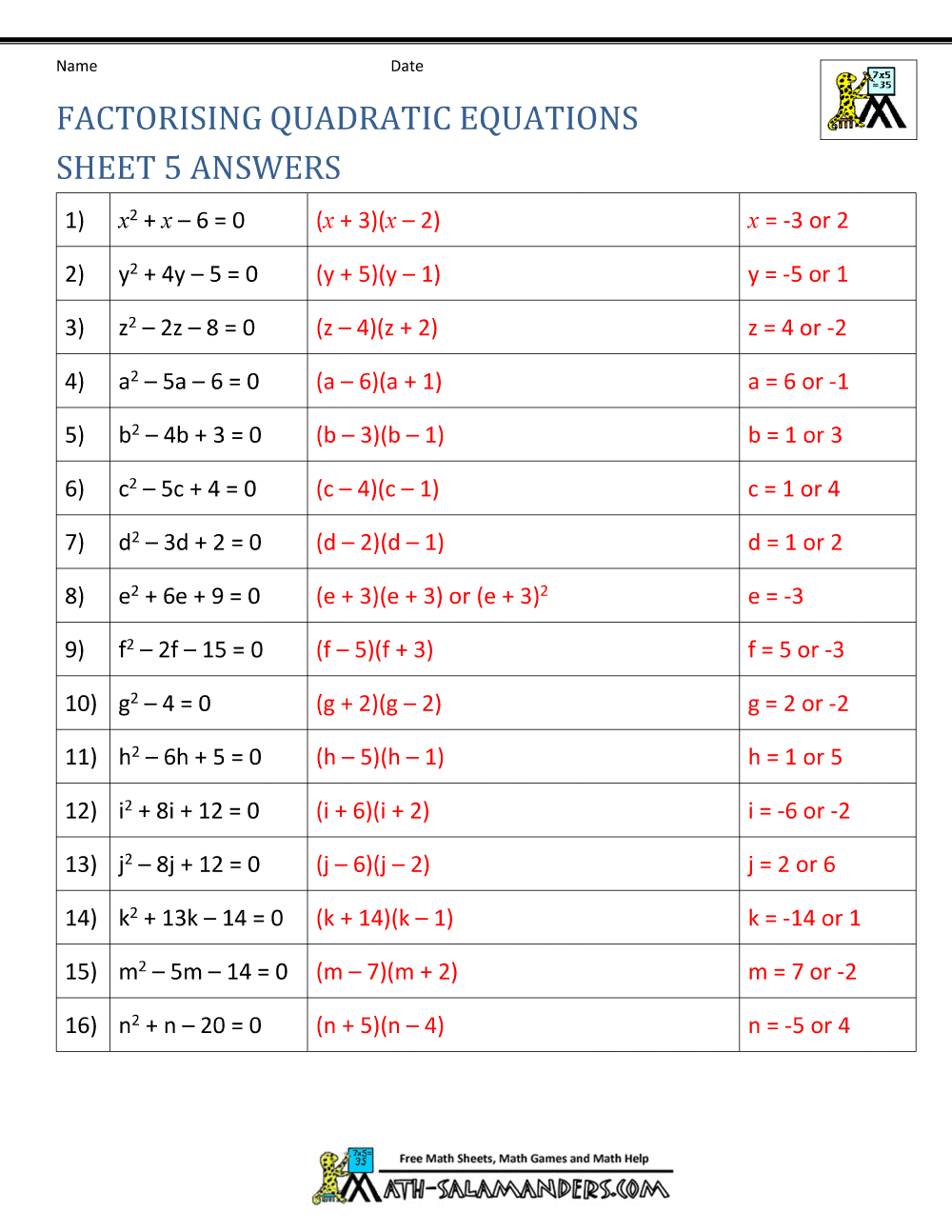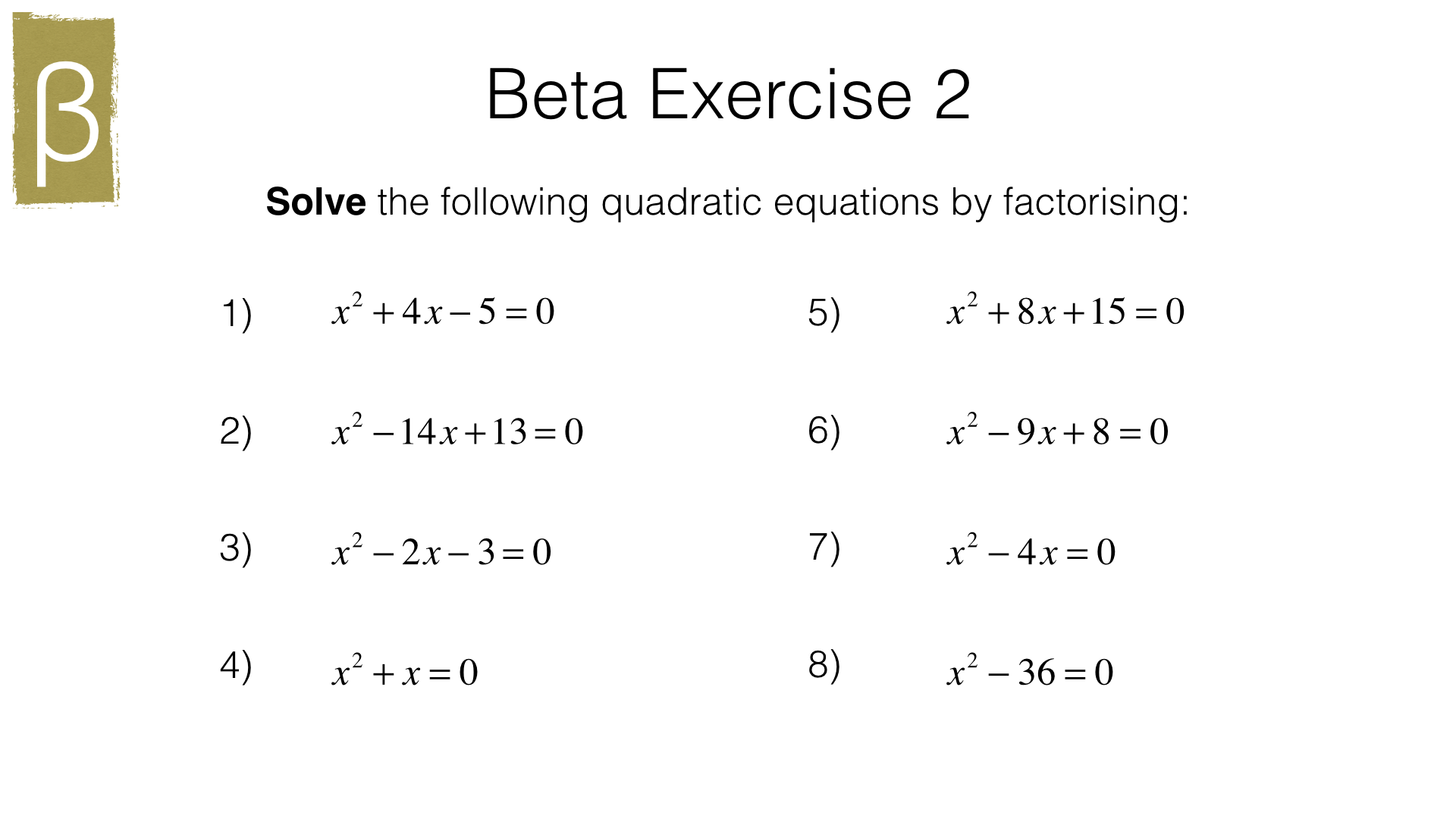

If the constants a, b, and/or c are not unitless then the units of x must be equal to the units of b / a, due to the requirement that ax 2 and bx agree on their units. There will be no real values of x where the parabola crosses the x-axis. The complex roots will be complex conjugates, where the real part of the complex roots will be the value of the axis of symmetry. However, there is also the case where the discriminant is less than zero, and this indicates the distance will be imaginary – or some multiple of the complex unit i, where i = √ −1 – and the parabola's zeros will be complex numbers. If the discriminant is positive, the distance would be non-zero, and there will be two solutions. This is one of three cases, where the discriminant indicates how many zeros the parabola will have. Algebraically, this means that √ b 2 − 4 ac = 0, or simply b 2 − 4 ac = 0 (where the left-hand side is referred to as the discriminant). If this distance term were to decrease to zero, the value of the axis of symmetry would be the x value of the only zero, that is, there is only one possible solution to the quadratic equation.

#SIMPLE QUADRATIC EQUATION PLUS#
The other term, √ b 2 − 4 ac / 2 a, gives the distance the zeros are away from the axis of symmetry, where the plus sign represents the distance to the right, and the minus sign represents the distance to the left. The axis of symmetry appears as the line x = − b / 2 a. X 1 = − b + b 2 − 4 a c 2 a and x 2 = − b − b 2 − 4 a c 2 a


 0 kommentar(er)
0 kommentar(er)
